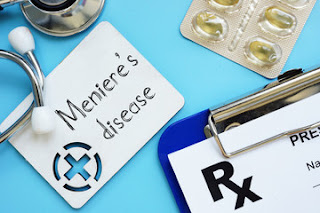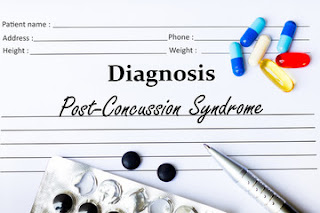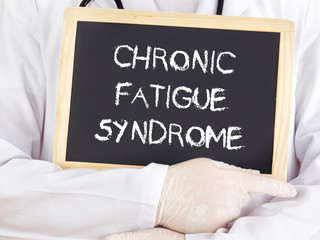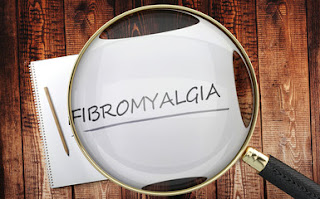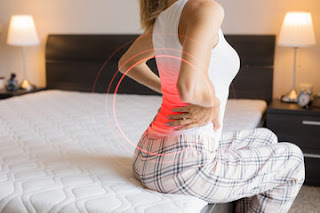Fibromyalgia Possible Triggers
Fibromyalgia (FM) is a long term condition that causes widespread pain throughout the body. Doctors used to use tender points to help them form a diagnosis. These are areas on the body that feel tender after pressure. However, recent guidelines have phased these out and introduced new diagnostic criteria. In this article, we explain what is the fibromyalgia trigger points are and the current diagnostic criteria that have replaced them. Possible triggers Fibromyalgia is often triggered by a stressful event, including physical stress or emotional (psychological) stress. Possible triggers for the condition include: an injury a viral infection giving birth having an operation the breakdown of a relationship being in an abusive relationship the death of a loved one But in some cases fibromyalgia does not develop after any obvious trigger. Doctors used to use the phrase tender points trigger points to describe sensitive areas on the body that become painful with a standard amount of pressur...

